
Painting of the Dutch artist Rembrandt van Rijn “Hendrickje at the window.” Painting size 86 x 65 cm, oil on canvas.
The model of composition of this portrait was the image attributed to the Venetian Palma Vecchio. “This is a picture of the highest style, a robe in glowing red tones against the background of deep shadows filled with energetic broad strokes. The shapes of the face seen in the neckline of the dress of the naked body, the arms are firm, heavy, dense. deep and full of sensual soul.
The painting of the artist Rembrandt van Rijn is so framed that the works of Dutch portrait painters seem to be next to her only insignificant human studies. Before us is the myth of Hendrickje rather than a portrait. The artist’s attitude to Hendrickje is completely different here than in the images of Saskia. In portraits of the latter, Rembrandt seems to be captured by the vision he sees. Here the model is elevated by the artist to the value of the monument.
Saskia gave him a new world, he dragged him into this world, Hendrickje Stoffels protects him from the outside world, while the artist takes her into her own world, the world of art. He exalts her in the picture, Hendrickje feels this exaltation, she believes him and nothing can shake this faith. This is her human greatness… The most expressive form, which preserved in the portrait the simple humanity and kindness of the female soul. “
After the sale of the house at auction in the mid-1650s, Rembrandt continues to live and work on Briestraat Street, only at the end of 1660 he moved to the craft quarter of Jordaan, to Rosengracht. In December of the same year, Titus and Hendrickie set up a company selling works of art, they take Rembrandt to serve as an “advisor” for free food and housing, and in return, they take over all of his newly created works.
Such a step, not legally incontestable, protects it from the attacks of creditors and from the resolution of the Guild of St. Luke adopted in August 1658, this “representation of the interests of artists” directed directly against Rembrandt van Rijn. According to this decree, no bankrupt artist whose property was sold at auction has no right to work in the city and receive income from it.
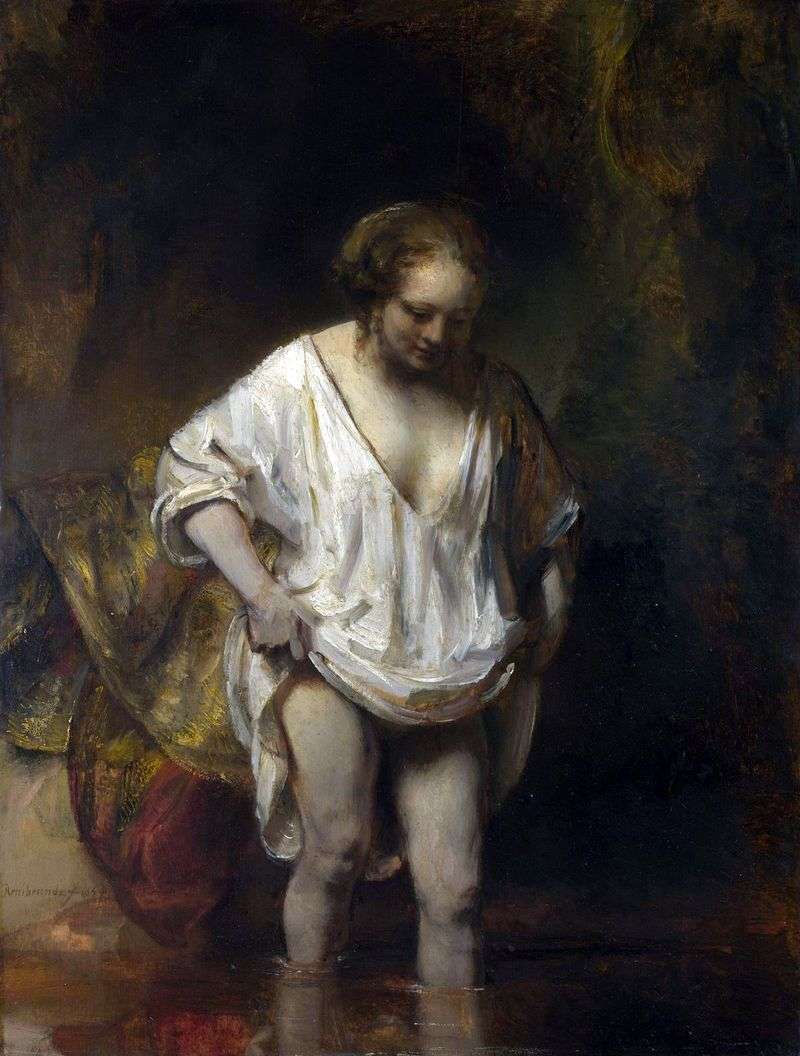 Hendrickje entering the river by Rembrandt Harmens Van Rhine
Hendrickje entering the river by Rembrandt Harmens Van Rhine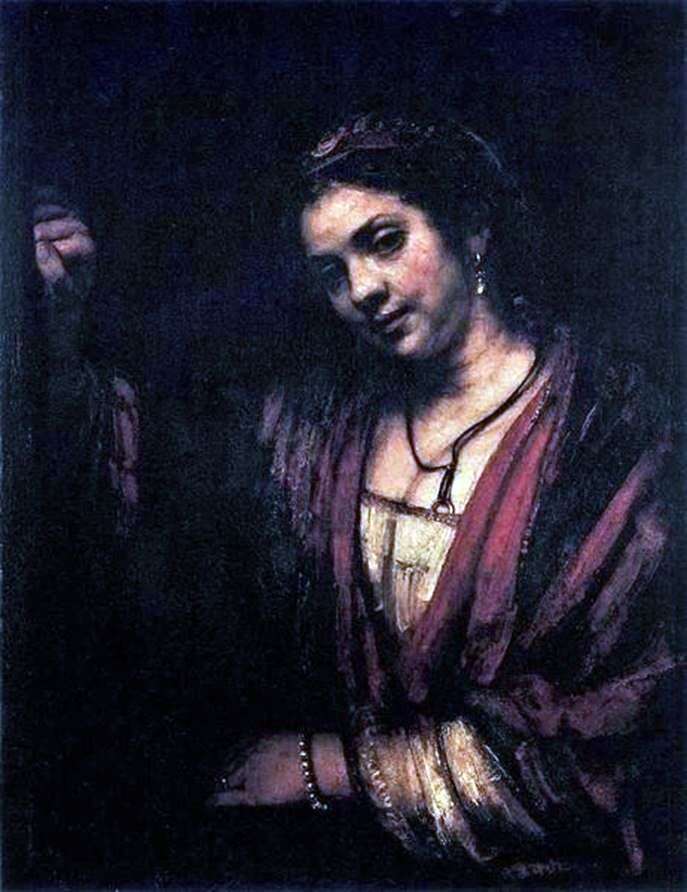 Portrait of Hendrickje Stoffels by Rembrandt Harmens Van Rhine
Portrait of Hendrickje Stoffels by Rembrandt Harmens Van Rhine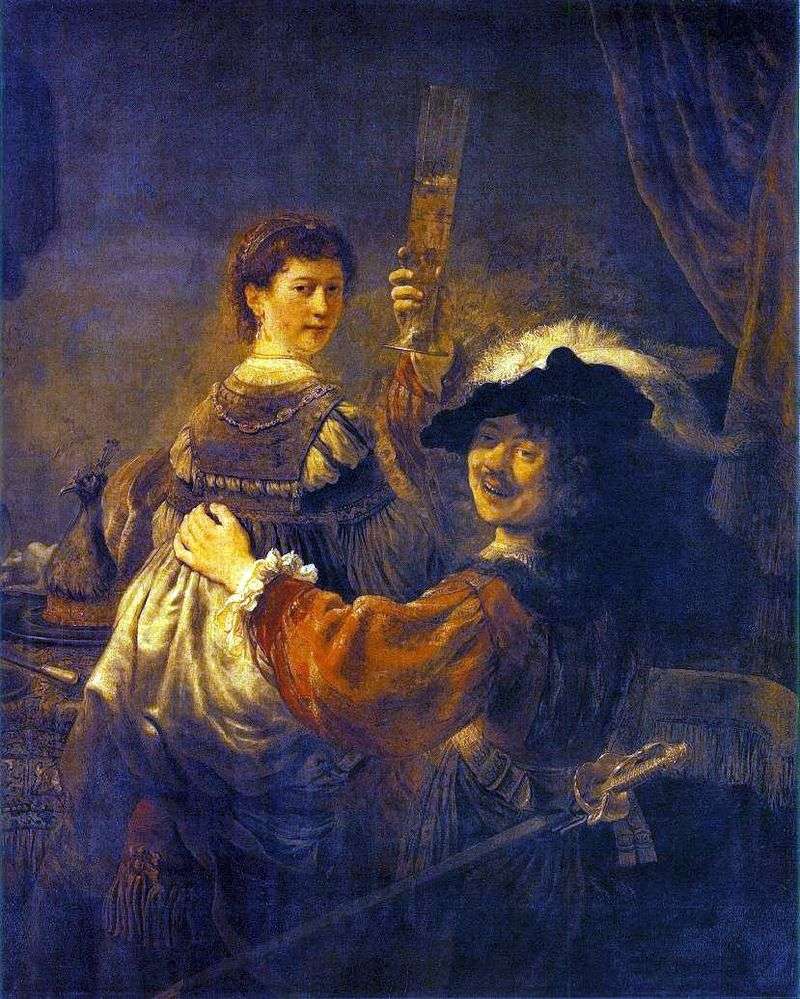 Fun Society (Self-Portrait with Saskia on Your Lap) by Rembrandt Harmens Van Rhine
Fun Society (Self-Portrait with Saskia on Your Lap) by Rembrandt Harmens Van Rhine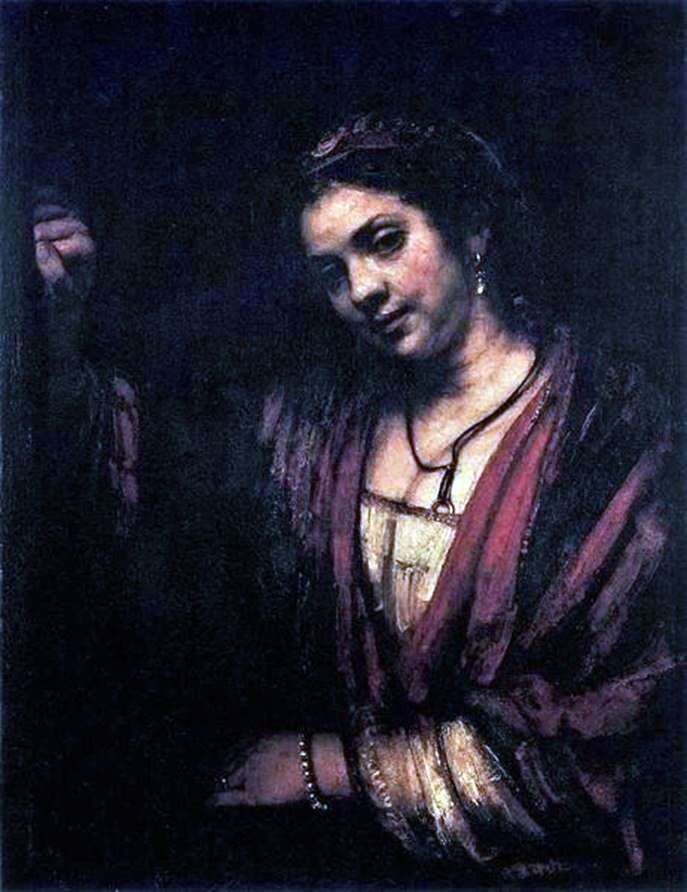 Retrato de Hendrickje Stoffels – Rembrandt Harmens Van Rhine
Retrato de Hendrickje Stoffels – Rembrandt Harmens Van Rhine Saskia van Eilenburg by Rembrandt Harmens Van Rhine
Saskia van Eilenburg by Rembrandt Harmens Van Rhine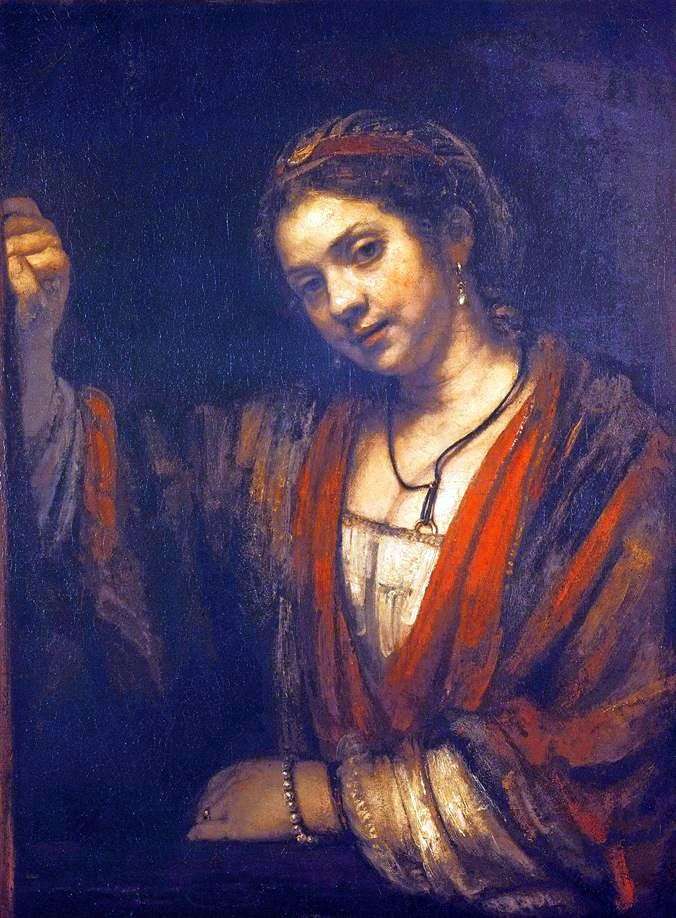 Hendrickje por la ventana – Rembrandt Harmens Van Rhine
Hendrickje por la ventana – Rembrandt Harmens Van Rhine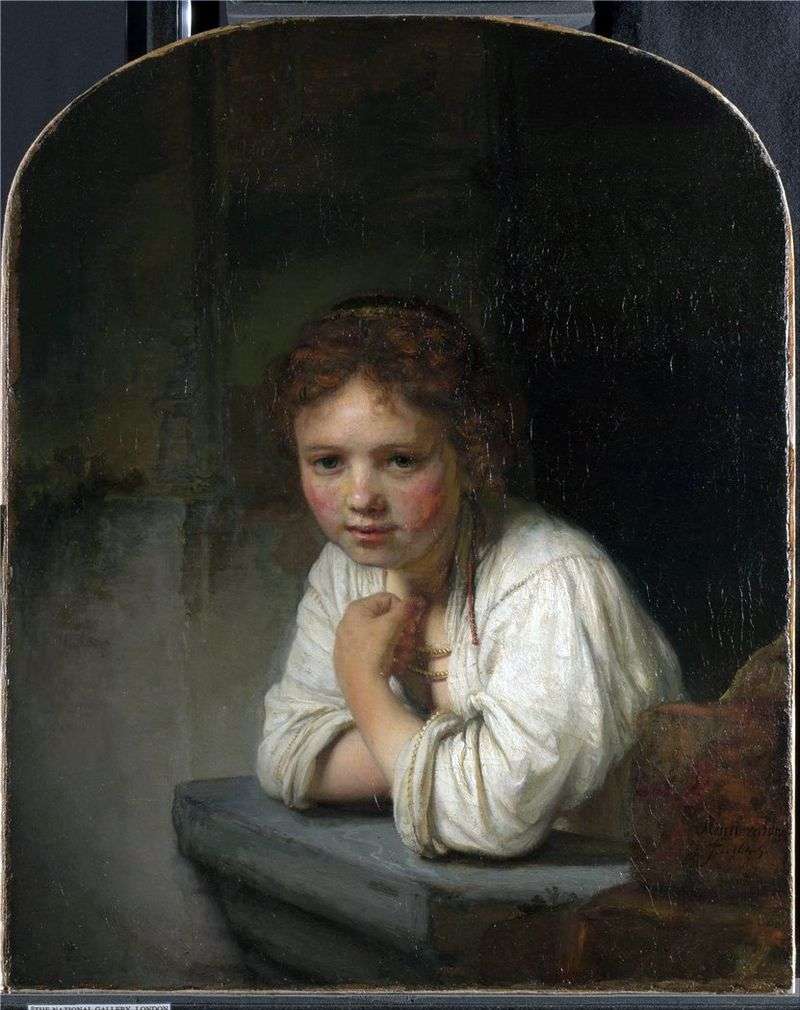 Girl by the Window by Rembrandt Harmens Van Rhine
Girl by the Window by Rembrandt Harmens Van Rhine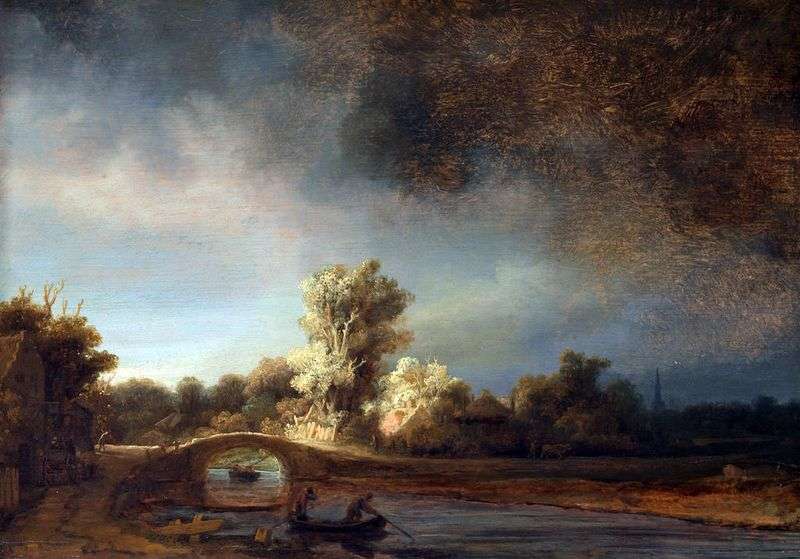 Stone Bridge by Rembrandt Harmens Van Rhine
Stone Bridge by Rembrandt Harmens Van Rhine